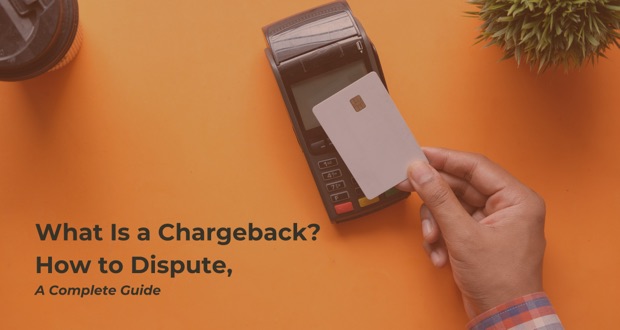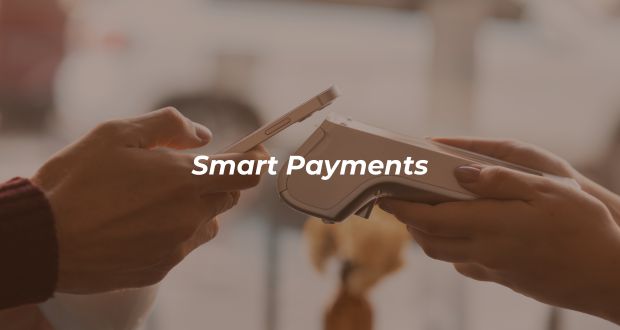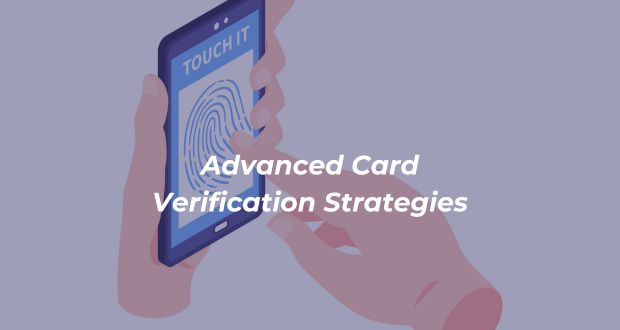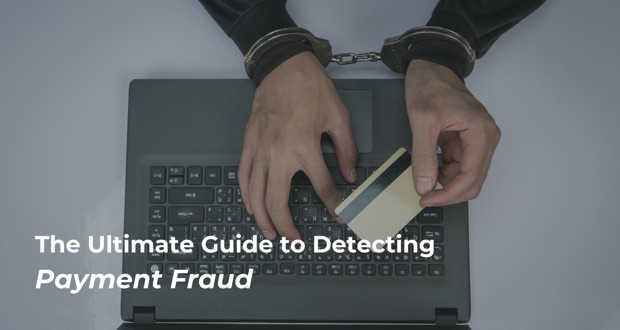Introduction
In the fast-paced world of digital transactions, chargebacks have become a common concern for businesses. Understanding what chargebacks are, their impact, and effective dispute resolution strategies is crucial for business decision-makers and executives. In this comprehensive guide, we’ll delve into the basics of chargebacks, explore common reasons behind them, and emphasize the importance of dispute resolution in credit card payment processing.
Understanding the Basics of a Chargeback
A chargeback occurs when a customer disputes a credit card transaction and requests a refund directly from their issuing bank. The bank investigates the claim and, if valid, reverses the transaction. Chargebacks can result from various scenarios, such as unauthorized transactions, product dissatisfaction, or merchant errors.
Common Reasons for Chargebacks
- Fraudulent Transactions: Cybercriminals exploit vulnerabilities in payment systems, leading to unauthorized transactions. Implementing robust fraud prevention measures, including social media profiling and digital identity solutions, can help mitigate this risk.
- Friendly Fraud: Sometimes, customers unintentionally initiate chargebacks due to confusion or forgetfulness. Clear communication and transparent billing practices can reduce friendly fraud instances.
- Product or Service Issues: Dissatisfied customers may request chargebacks if they receive defective products, poor service, or incorrect billing. Addressing customer concerns promptly can prevent chargebacks.
The Importance of Dispute Resolution in Credit Card Payment Processing
Effective dispute resolution is essential for maintaining customer trust and minimizing financial losses. Here’s how businesses can handle chargebacks:
- Timely Response: When notified of a chargeback, respond promptly. Gather evidence (such as order details, shipping records, and communication with the customer) to support your case.
- Collaborate with Payment Processors: Work closely with your payment processor to understand chargeback reasons and trends. Leverage their expertise to improve your processes.
- Digital Identity Security: Implement robust digital identity protection measures. Verify customer identities during transactions to prevent fraudulent chargebacks.
What Is a Chargeback?
Definition and Explanation of Chargebacks
A chargeback is a transaction reversal initiated by the customer or their issuing bank. It aims to resolve disputes related to unauthorized or fraudulent transactions, billing errors, or unsatisfactory products/services.
Impact of Chargebacks on Businesses
- Financial Loss: Chargebacks result in lost revenue, additional processing fees, and potential penalties.
- Reputation Damage: Frequent chargebacks harm a business’s reputation, affecting customer trust and loyalty.
Real-Life Examples of Chargeback Fraud
- Online Retailer: A customer claims they never received a product. By analyzing social media behavior and tracking delivery records, the retailer proves successful delivery, preventing the chargeback.
- Travel Agency: A traveler disputes a hotel charge, alleging poor service. The agency provides evidence of the traveler’s positive reviews on social media, demonstrating the charge was valid.
How to Dispute a Chargeback
Step-by-Step Guide to Disputing a Chargeback
Disputing a chargeback involves a systematic approach to present evidence and defend your case. Follow these steps:
- Receive the Chargeback Notification: As soon as you receive a chargeback notification, act promptly. Time is critical in dispute resolution.
- Gather Evidence:
- Transaction Records: Collect all relevant transaction details, including order numbers, dates, and amounts.
- Communication History: Retrieve any communication with the customer regarding the transaction.
- Shipping and Delivery Records: If applicable, provide evidence of successful delivery.
- Prepare a Compelling Response:
- Craft a Clear Explanation: Explain why the chargeback is invalid. Address the specific reason provided by the customer.
- Attach Evidence: Attach relevant documents, screenshots, or records to support your case.
- Submit the Response:
- Follow the instructions provided by your payment processor or acquiring bank.
- Submit your response within the specified timeframe.
How Digital Identity Verification Strengthen Security and Trust
Components of Digital Identity Solutions:
a. Authentication Mechanisms:
- Multi-Factor Authentication (MFA): Implementing MFA adds an extra layer of security. Users must provide multiple forms of verification (e.g., password, SMS code, biometrics) to access their accounts.
- Biometric Authentication: Leveraging fingerprints, facial recognition, or voiceprints enhances security and prevents unauthorized access.
b. Behavioral Analysis:
- Social Media Behavior Analysis: By analyzing users’ social media activity, businesses can assess their credibility. Unusual behavior patterns (e.g., sudden changes in posting frequency, interactions) may raise red flags.
- Device Fingerprinting: Tracking unique device characteristics (e.g., IP address, browser type, screen resolution) helps identify suspicious devices.
c. Identity Verification Services:
- Know Your Customer (KYC): KYC processes verify customer identities by collecting and validating personal information (e.g., government-issued IDs, utility bills).
- Document Verification: Automated systems validate uploaded documents (e.g., driver’s licenses, passports) to ensure their authenticity.
Benefits of Digital Identity Solutions:
a. Reducing Fraud:
- By accurately verifying user identities, businesses can prevent fraudulent transactions and chargebacks.
- Real-time identity checks during transactions help identify suspicious behavior.
b. Enhancing User Experience:
- Streamlined authentication processes (e.g., biometrics) improve user convenience.
- Reduced friction leads to higher customer satisfaction.
c. Compliance and Risk Management:
- Meeting regulatory requirements (e.g., anti-money laundering laws) is easier with robust digital identity solutions.
- Businesses can proactively manage risks associated with identity theft and fraud.
Best Practices for E-Commerce Chargebacks
- Transparent Billing and Descriptions:
- Clearly state product descriptions, prices, and terms during checkout.
- Avoid confusing billing descriptors that may lead to chargebacks.
- Customer Communication:
- Provide excellent customer service to prevent misunderstandings.
- Respond promptly to inquiries and address concerns.
- Implement Fraud Prevention Measures:
- Leverage social media behavior analysis and digital fraud detection tools.
- Monitor suspicious transactions and flag potential risks.
Conclusion
Importance of Proactive Chargeback Prevention
Proactively preventing chargebacks is more cost-effective than dealing with them after they occur. Invest in prevention strategies to safeguard your revenue and reputation.
Tips for Successful Dispute Resolution
- Stay Informed: Keep up with industry trends and changes in chargeback regulations.
- Collaborate: Work closely with your payment processor and acquiring bank.
- Document Everything: Maintain thorough records for each transaction.
Taking Control of Chargeback Situations
By understanding chargebacks, implementing preventive measures, and mastering dispute resolution, businesses can minimize financial losses and maintain customer trust. Remember, prevention is key!





.jpeg)


.jpeg)





